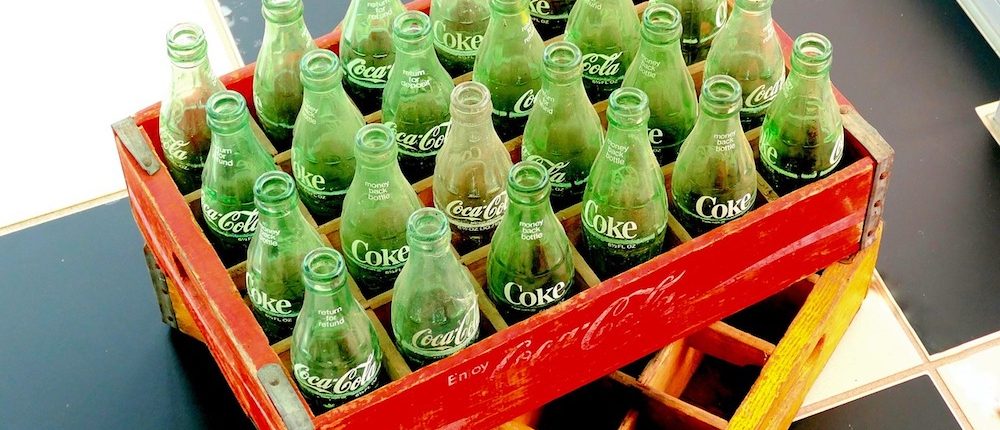French Trademark Opposition Proceedings at INPI
If you have filed a trademark, you may have heard about the opposition procedure. But do you know how opposition procedure operate in France, in front on INPI ?
INPI Opposition Proceedings
Opposition proceeding are open against any French trademark filing at INPI, for two months from the publication date of the trademark.
This opposition may be filed on the basis of a prior French trademark, a prior EU trademark or a prior international trademark which covers France.
Opposition costs 325 euros, to be paid by the opposing party while filing the opposition.
Once the opposition has been filed, the trademark filing party is informed of it and is granted a time period to reply with its observations.
A draft decision is then notified to both parties, who can send observations within a month.
If no observation has been sent by the parties, the draft decision becomes definitive. If observations have been sent by the parties, INPI may take them into account to change the decision. This is however fairly rare.
INPI must notify a decision within six months from the opposition date.
Parties may appeal the decision at one of the ten Appeal Court which are competent on trademark, within a month from notification of the decision.
How to argue the opposition in front of INPI ?
The argument is two-fold : comparison of goods and services, and comparison of the signs. Identity or similarity of one of these parts may compensate a large different in the other part.
Goods and services comparison
First part of the opposition is the comparison between goods and services of the prior trademark and the contested trademark.
Identical goods and services must be identified.
Similar goods and services should also be identified, but an explanation of their similarity is necessary (synonyms, complementary, etc). Goods and services of different classes may also be linked when they could be provided in an ancillary manner, by the same company.
Such comparison is usually made by the way of tables for visual clarity.
Sign comparison
Once goods and services have been compared, the same must be done with signs.
If signs are fully identical, comparison is easy as no confusion risk must be demonstrated. The opposing party must argue that the sign is identical visually, phonetically and conceptually.
If signs are similar (a small difference is enough to make them similar and not identical), the opposing party must demonstrate that the second sign causes a risk of confusion for the public.
Trademarks are compared in three manners:
- Visually: are prefixes and suffixes identical? Are differences limited? Is the order of both signs the same? Are figurative elements similar?
- Phonetically: are phonemes identical ? Are they in the same order?
- Conceptually: is the concept of both trademark identical? External elements (website extracts, commercial documents, etc) may be added to reinforce the argument.
INPI precedent may also be provided, if favorable precent exist.
Defense argumentation
The structure of the defense arguments is similar. The opposing party’s argument must also be taken into account.
Conclusion
This procedure is complex and may need intervention of a law professional. Do not hesitate to contact us.
